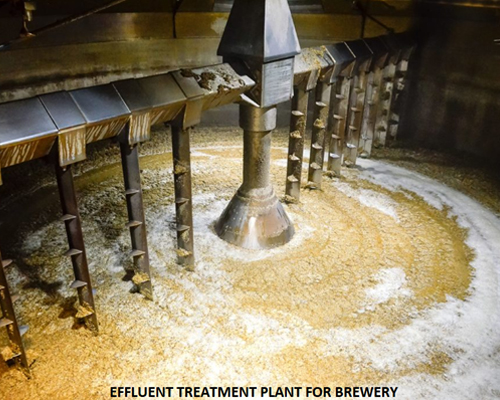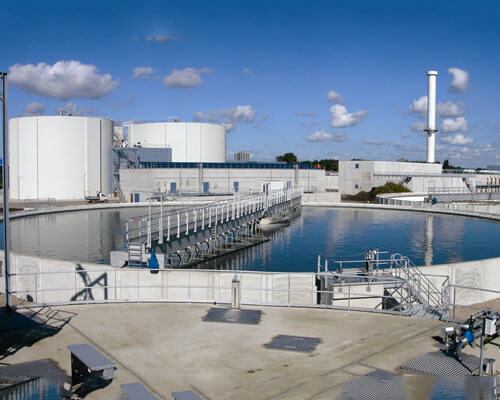Wastewater Treatment Plant
Moving Bed Biofilm Reactor (MBBR)
We know that 75% of the world’s fresh water resources are contaminated, the remaining is fast disappearing. Soon, how well we survive will depend on how well we conserve water. Thankfully, technology has advanced enough to offer us choices in water conservation. One of the most reliable ways to do so today is by recycling water. We at Global Aqua Teck offer you various reliable methods to recycle water through our superior wastewater treatment plants.
MBBR technology employs thousands of polyethylene biofilm carriers operating in mixed motion within an aerated wastewater treatment basin. Each individual biocarrier increases productivity by providing a protected surface area to support the growth of heterotrophic and autotrophic bacteria within its cells. It is this high-density population of bacteria that achieves a high rate of biodegradation within the system, while also offering process reliability and ease of operation. Process has continuous inflow to the bioreactor and intermittent cleaning, using influent wastewater, which removes excess sludge. from the biofilm carriers.
Process Benefits
- Energy Saving and Cost Effective
- Quality/Minimal Maintenance
- Single Pass Process-No return activated sludge stream required
- Compact Design –Requires less Space than traditional wastewater systems
- Flexible to upgrade an existing ASP/SBR or MBBR to provide additional capacity
- Load Responsive –Actively sloughed biofilm automatically responds to load fluctuations
- Reliable /Simple Operation/ Reuse of Treated water / Superb Effluent
MBBR processes are an excellent solution for wastewater applications, including:
- BOD Reduction/Nitrification/Total Nitrogen removal
- Sewage, Marine industry, Laundry facilities, Pulp and paper industry, Breweries, Food and Beverage processing industry, Textile industry, Tanneries, etc
- Moving Bed Biofilm reactor systems deliver a flexible, cost-effective, and easy-to-operate means to address current wastewater requirements and the expandability to meet future loads or more stringent discharge requirements within a compact design.










